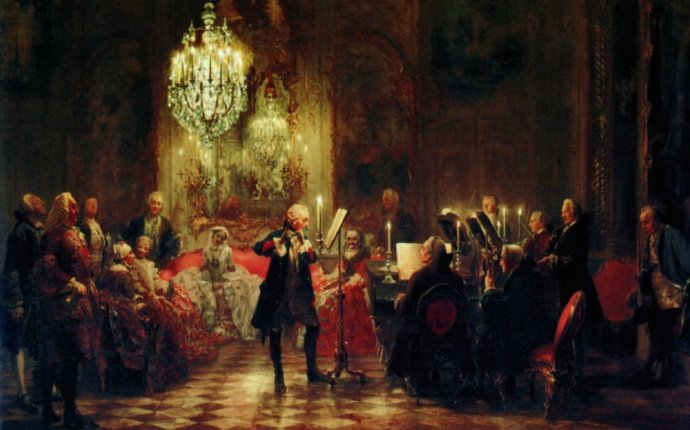
Baroque philosophy
Baroque art during the seventeenth and eighteenth century was meant to depict the religious tensions during the time ( the same could be said of the philosophy of the time. Three of the great philosophers of the time; Descartes, Spinoza, and Leibniz would have as many similarities and differences as we find in the ideas of Baroque art during the seventeenth and eighteenth century. By first reviewing the ideas of these thinkers we will be able to than compare and contrast their ideas with each other and exam how they do or do not relate to each other and Baroque art of the period.
As the earliest of these thinkers being Descartes we will start with him. Descartes notion starts with the idea of questioning everything in order to give him a better understanding of the world; he refers to this as a methodological skepticism. He questions knowledge and if there is knowledge how it is different from opinion. To do this he employed a mathematical method to his questions in order to find real knowledge; he does this by using intuition and deduction. Descartes like Plato believes that the sense can deceive us, and so he suspends all beliefs to find what is certain. In trying to find out if life is a dream or real, Descartes comes to the idea that by simply thinking about if this is a dream or real give way to the idea that he is something. The idea of him transcends the physical because the idea is enough to suggest that there is an existence. Therefore his ability to think becomes a reality of his life, so long as Cogito (I think) is going on, than I have to be. He goes on to bring about the idea of God into his method, and tries to prove the existence of God. Since he exists and something cannot come from nothing, and he is imperfect and something more perfect cannot come from something less perfect. God is perfect and exists and for him to be able to prove that God exists and as such be accepting that he is imperfect and can think therefore he also exists.
Spinoza follows in some of the ideas of Descartes as he uses a mathematical and scientific approach to his method and follows the ideas of levels. These levels to build upon one another, but even more interwoven than we find in Descartes making Spinoza’s work more of a Gesamptkunstwerk. Unlike Descartes Spinoza looks at his philosophy as a guide in human conduct. Spinoza relates God in some of the same manner that he relates the universe, but not on the same level. He uses it in terms of everything manifests from God, kind of like God is in us all. Since everything comes from God everything is a part of God. Spinoza states that there are actually infinite numbers of attributes, but says that it is two-fold because we can only understand two of them as mind and matter. With the mind we can think, feel, desire, imagine, perceive, and with matter we can see the expression of power of motion in bodies. He explains that it is not that they are interchangeable, but that they depend on each other. In other words we cannot have mind and matter or nature or the universe without God.
Like both Descartes and Spinoza Leibniz builds his ideas on mathematical and scientific approach, but Leibniz would hold closer to the ideas of the scholastic as he believed that the ideas of Descartes and Spinoza would lead to atheism. His work would be closer to that of Spinoza in some ways as he builds it on a mathematical maze of Baroque architecture. He builds this idea on what he calls monads. Leibniz’s monads are the energy that gives us life. He is talking about the life force in which all matter exists, which is the energy behind the matter, something that we are not able to see. He states that each monad cannot grasp the inner life of another, but rather they work unconsciously together in a pre-established harmony. Basically he is talking about how they function in their space without colliding. In other words their energy keeps other forces at even distance as to move around each other and drive the matter.









